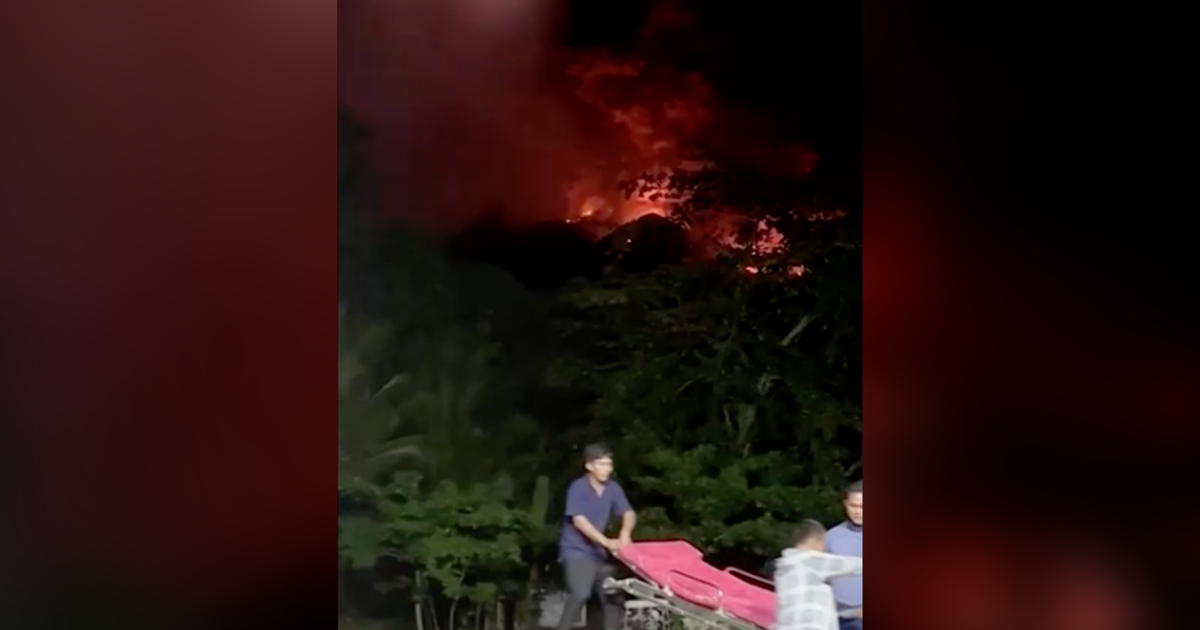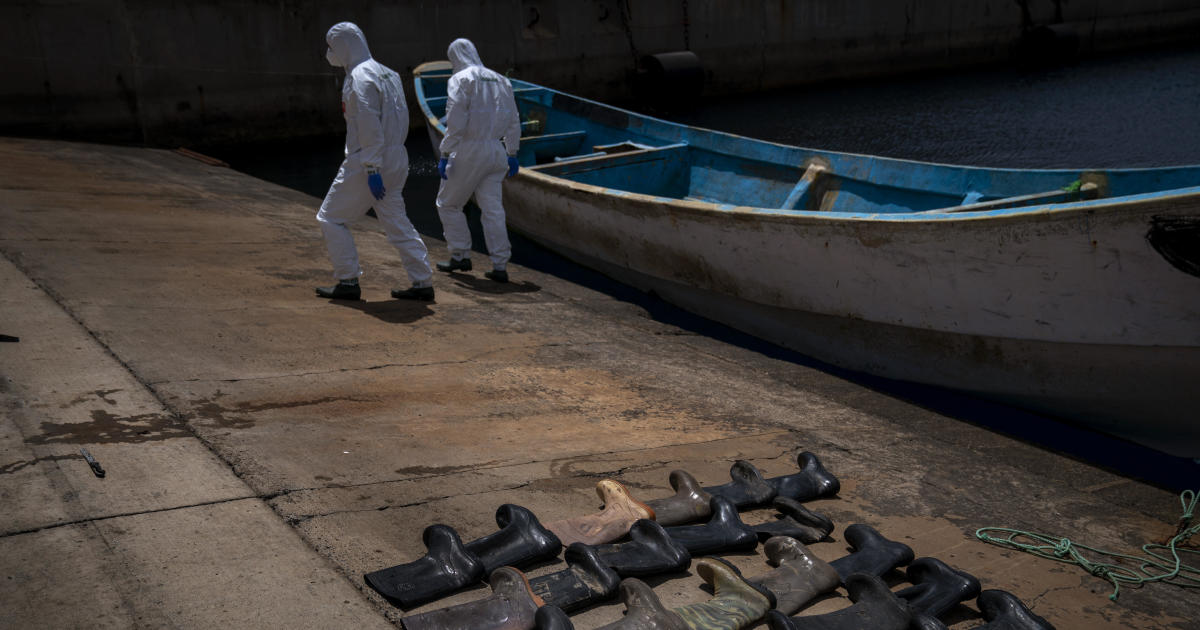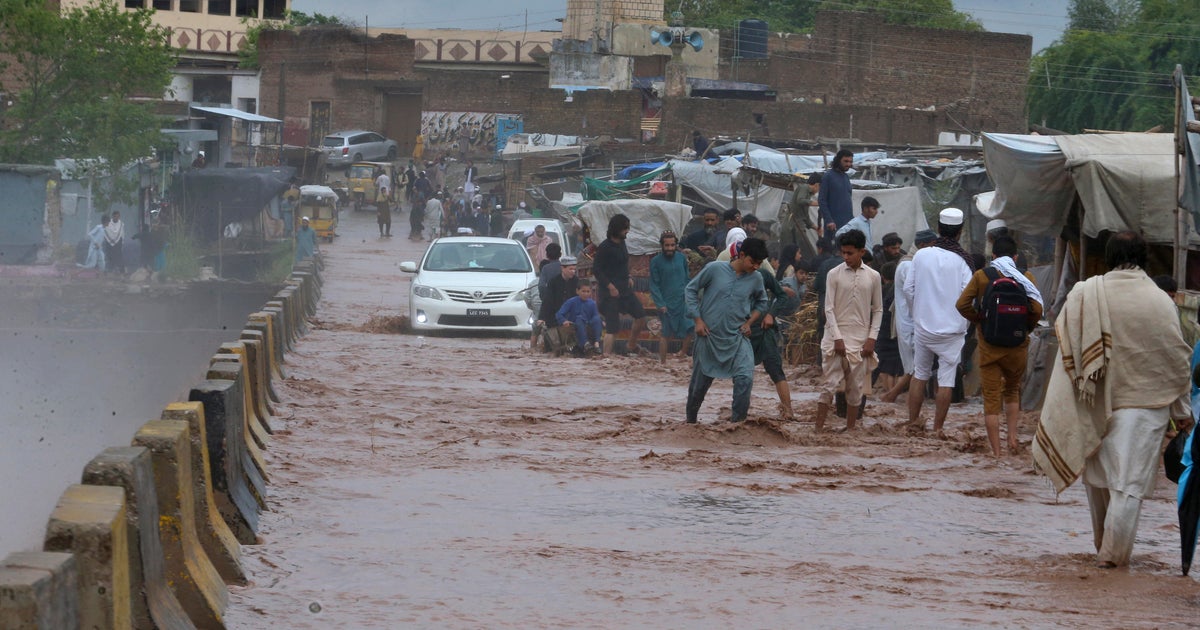Death toll from New Zealand volcanic eruption rises to 8
As a New Zealand island volcano vented more steam and mud, authorities delayed plans to recover victims' bodies from a deadly eruption two days ago. They announced Thursday that the death toll rose to eight after two people who had been hospitalized died.
Volcanic tremors on White Island were intensifying to a level not seen since an eruption in 2016, the GeoNet seismic monitoring agency said, calculating a 40-60% chance of another eruption within the next 24 hours.
The bodies of eight others are missing and presumed dead. Many of those who survived the initial volcanic blast suffered horrific burns. Another 28 people remain hospitalized, including 23 in critical condition.
Meanwhile, Australia was sending a military plane to bring some of the Australians injured in the eruption to Australia for specialist medical care. Authorities expected to transport 10 injured patients to New South Wales and Victoria states, beginning Thursday.
Monday's eruption sent a tower of steam and ash an estimated 12,000 feet into the air. Many of the injured suffered severe burns, were in critical condition and were being treated at hospital burn units around New Zealand. Medical supplies are being flown in to restock the busy burn units, including from the U.S.
GeoNet said in an early evening update that shallow magma within the volcano appeared to be driving the increased activity. It also said there was a low risk to the mainland. The volcano is about 30 miles off New Zealand's main North Island. There has been a 5-mile inclusion zone setup around White Island that blocks planes and boats near the volcano.
Police believe 47 visitors were on the island at the time of the eruption, 24 of them Australian, nine Americans, five New Zealanders and others from Germany, Britain, China and Malaysia. Many were passengers aboard the Royal Caribbean cruise ship Ovation of the Seas.
Survivors ran into the sea to escape the scalding steam and ash and emerged covered in burns, said those who first helped them. Geoff Hopkins watched the eruption from a boat after visiting the island and told the New Zealand Herald the eruption quickly turned menacing. He told the paper that injured people transported on their boat were horrifically burned on their exposed skin and even under their clothes.
The first confirmed death was of a local man, Hayden Marshall-Inman, a guide who had shown tourists around the island. Former Whakatane Mayor Tony Bonne said Marshall-Inman was a keen fisherman and well-liked.
In the town touted as the gateway to White Island, the volcano has an almost mystical significance, its regular puffing a feature of the landscape. Whether the island, also known by its Maori name Whakaari, will ever host tourists again remains uncertain.
Many people were questioning why tourists were allowed to visit the island after seismic monitoring experts raised the volcano's alert level last month.
The island had been mined for sulfur until a 1914 accident in which at least 10 people were killed, and a landslide destroyed the miners' village and the mine itself. The island became a private scenic reserve in 1953. Daily tours allow more than 10,000 people to visit every year.
Ramy Inocencio contributed to this report.



